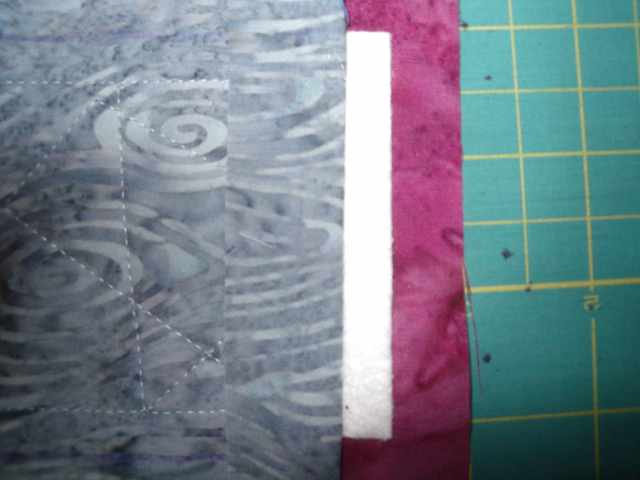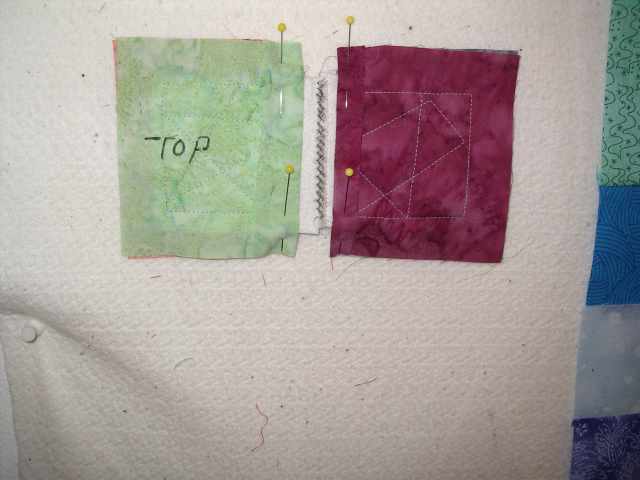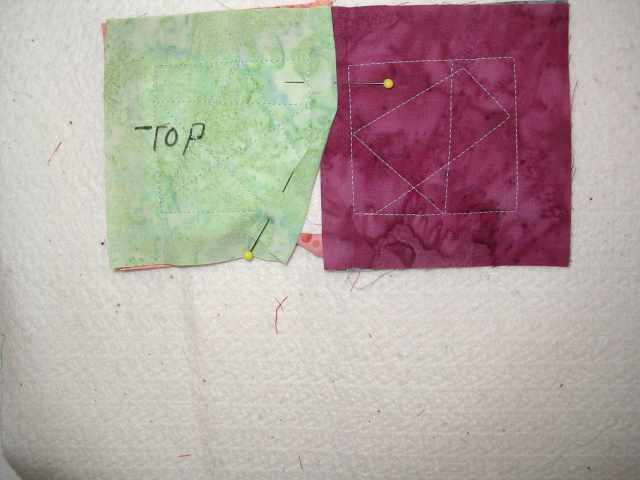
QUILTING & RISK
Cut fabrics larger than the batting
I’m trying a new technique (quilt-as-you-go) in the midst of a time deadline, with 3 quilts due for completion before the end of the year. One is a Christmas gift and there are 2 smaller challenge quilts also. Its probably not the best time to start learning something new, especially on a gift, but the technique is intriguing and a wonderful, big challenge.
My quilt pattern does not require sashing. The quilt will be used frequently, tossed over the couch, cuddled in, washed. It will be used in a non-quilting household as a nice but utilitarian object so it must be sturdy. I don’t have much time available and my fingers cramp with hand quilting, so no hand sewn joins.
Based on those requirements I choose one of the 7 Methods (links below) in which the pieces of batting are machine sewn together with a zigzag stitch but not seamed, then the join is covered by extra-wide seam allowances that are topstitched down by machine.
My husband wisely suggested making a sample first. With the sample blocks I made a couple of mistakes and altered the technique just a bit.
7 Quilt-As-You-Go Methods
https://www.youtube.com/watch?v=rfTfgzZ7bRk
Explanation, demo, samples of joined blocks

Join the batting edges

Layer, fold, stitch seam allowances – back closed first, then top closed
